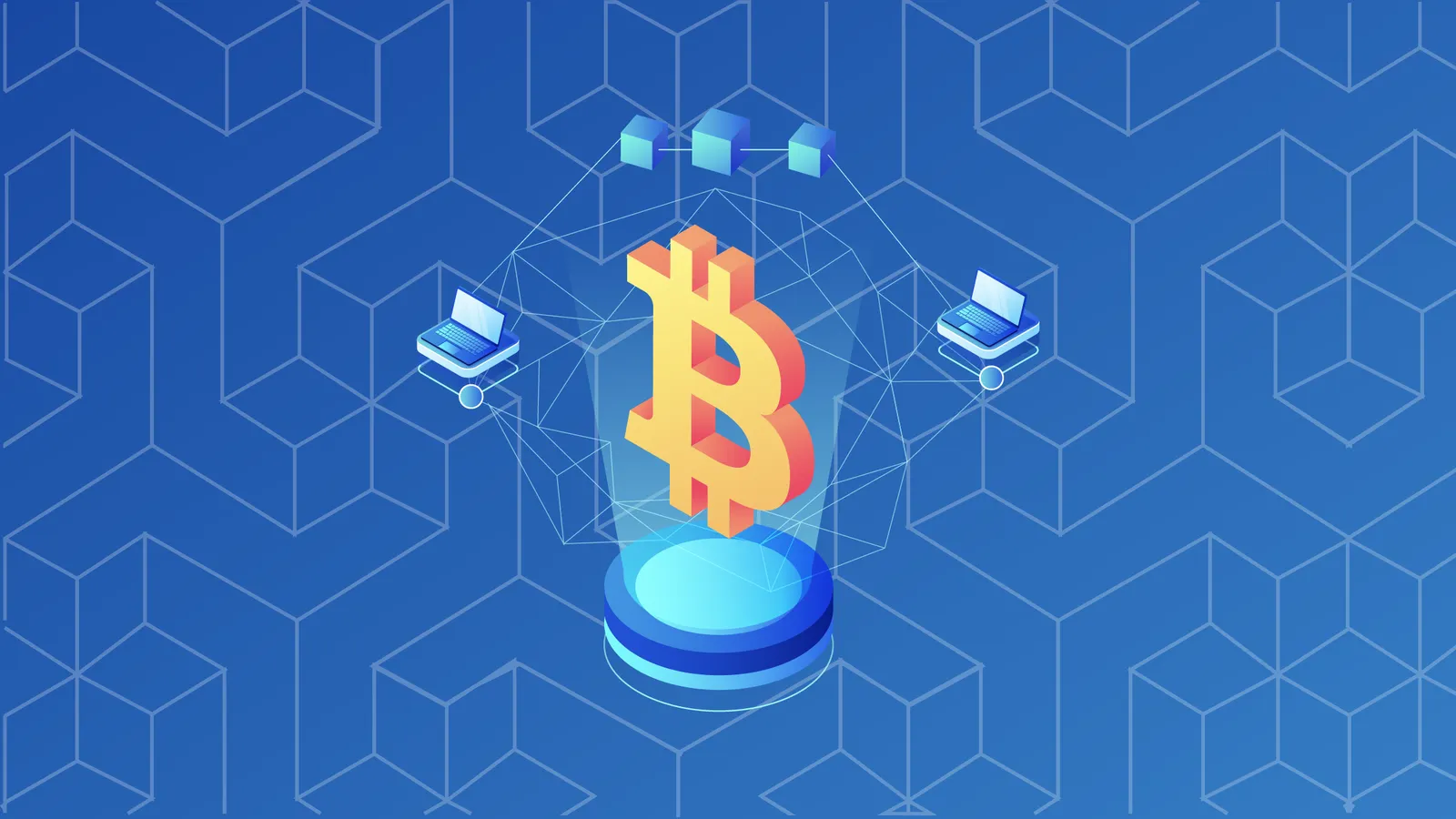Cryptocurrencies are ubiquitous at this point, but in the aftermath of the 2008 financial crisis this was not the case. Satoshi Nakamoto, the pseudonymous creator (or group of creators) of Bitcoin, launched the first major cryptocurrency in 2009 as the financial world was very much still recovering from the impacts of the earlier crisis. By looking back to this time, and by looking to Satoshi Nakamoto’s writing in Bitcoin’s whitepaper, we can better understand why the digital currency had to be created.
2008 in Context
Following the 2008 crisis, it is understandable that individuals involved in the financial world at all levels were somewhat hesitant to place trust in banks. Some of the biggest banks in the world had failed or come close to failing. It seemed more than ever that a decentralized financial system—one in which authority was diverted away from central banks and major financial institutions and toward individuals—was a desirable way to build stability. The big problem was that all traditional modes of transacting relied upon one central authority or institution or another.
Did you know?
The message in that Bitcoin “genesis block” reads: 'The Times 3 January 2009 Chancellor on brink of second bailout for banks'
The Downsides of Trust
The Bitcoin whitepaper says explicitly that the token is designed as an alternative to pre-existing commerce solutions which rely on financial institutions for processing. Satoshi notes that the traditional system tends to work fairly well overall, but that it nonetheless is dependent upon a trust-based model.
A trust-based model requires that participants involve a third party intermediary in the process of verifying and, if necessary, mediating transactions. Satoshi argued that the presence of an intermediary would limit transaction size, make truly non-reversible transactions impossible, and increase transaction costs. If transactions can be reversed, it follows that there is a greater need for trust between participants, and that transactors become wary of other participants in the ecosystem.
Intermediaries must be able to cover both their own operating costs, such as office expenses, as well as provide for security measures and protection in case of fraud. The costs associated with all of these things would be passed along to end users.
The Goals of Bitcoin
Satoshi’s stated goal in launching Bitcoin was to create an electronic payment system which utilizes cryptographic proof rather than the traditional trust-based model. Such a system allows any two parties to transact directly and does not require a third party. Likewise, Bitcoin transactions would be non-reversible, doing away with the need for costly security and anti-fraud measures.
As time has gone on, it is clear that fraud is still possible within the cryptocurrency space, although perhaps in different ways than Satoshi envisioned. But Bitcoin has met expectations of being self-governable and independent from third-party authorities. In this sense, Bitcoin has so far succeeded in accomplishing Satoshi’s goal of reclaiming power from a small number of elite financial institutions, decentralizing it, and distributing it across a massive network of participants in a peer-to-peer system.
Bitcoin is still struggling in one of its goals: to be considered legal tender. So far, El Salvador and the Central African Republic are the only countries that officially recognize Bitcoin as currency.
Cheat Sheet:
- Satoshi Nakamoto found it problematic that traditional modes of transacting relied upon central institutions.
- Satoshi’s stated goal in launching Bitcoin was to use cryptographic proof rather than the traditional trust-based model.
- Bitcoin is still struggling in one of its goals: to be considered legal tender. So far, El Salvador and the Central African Republic are the only countries that officially recognize Bitcoin as currency.
Up Next
One of Bitcoin's attributes is that it is decentralized. What does that mean?


